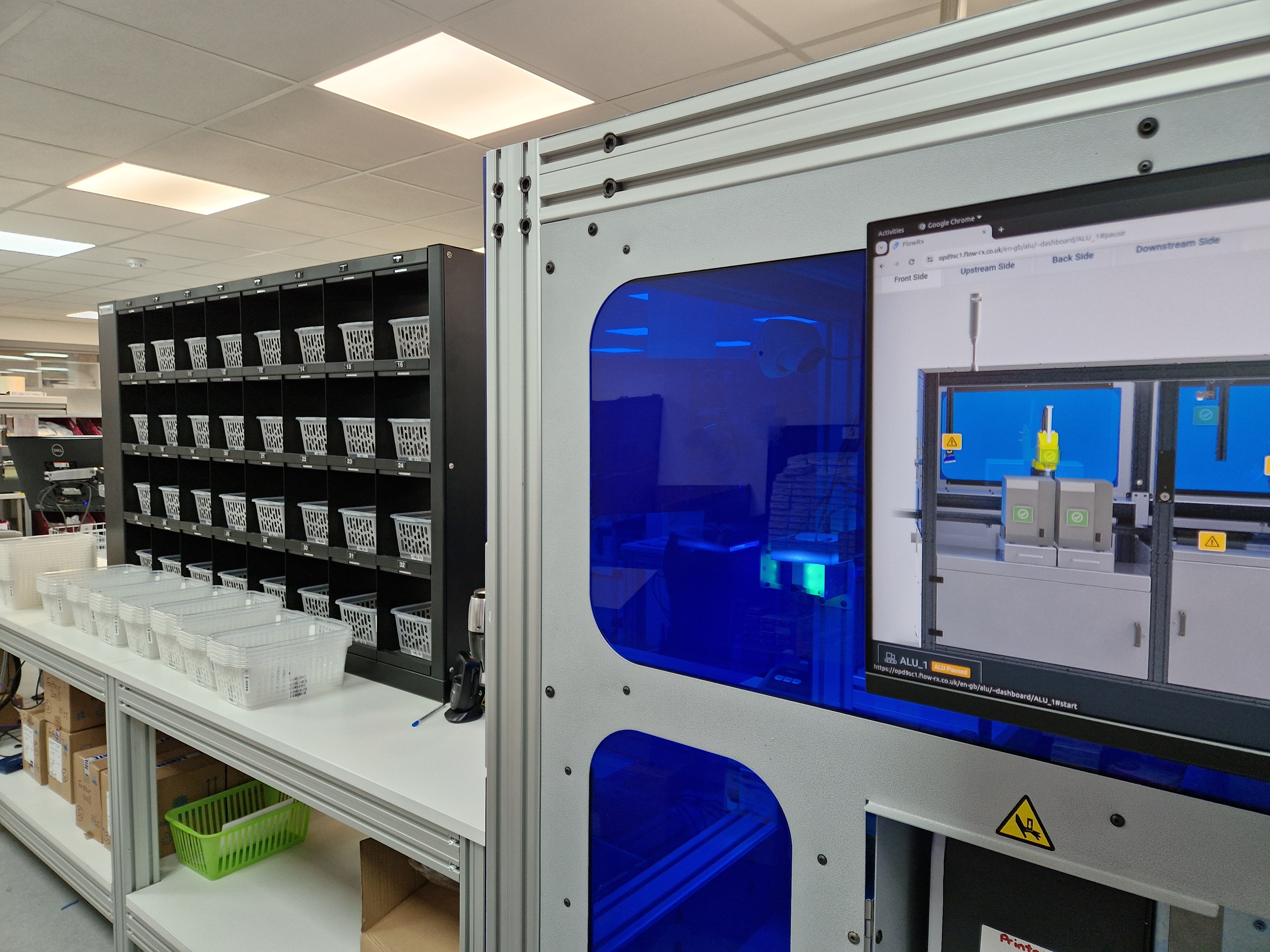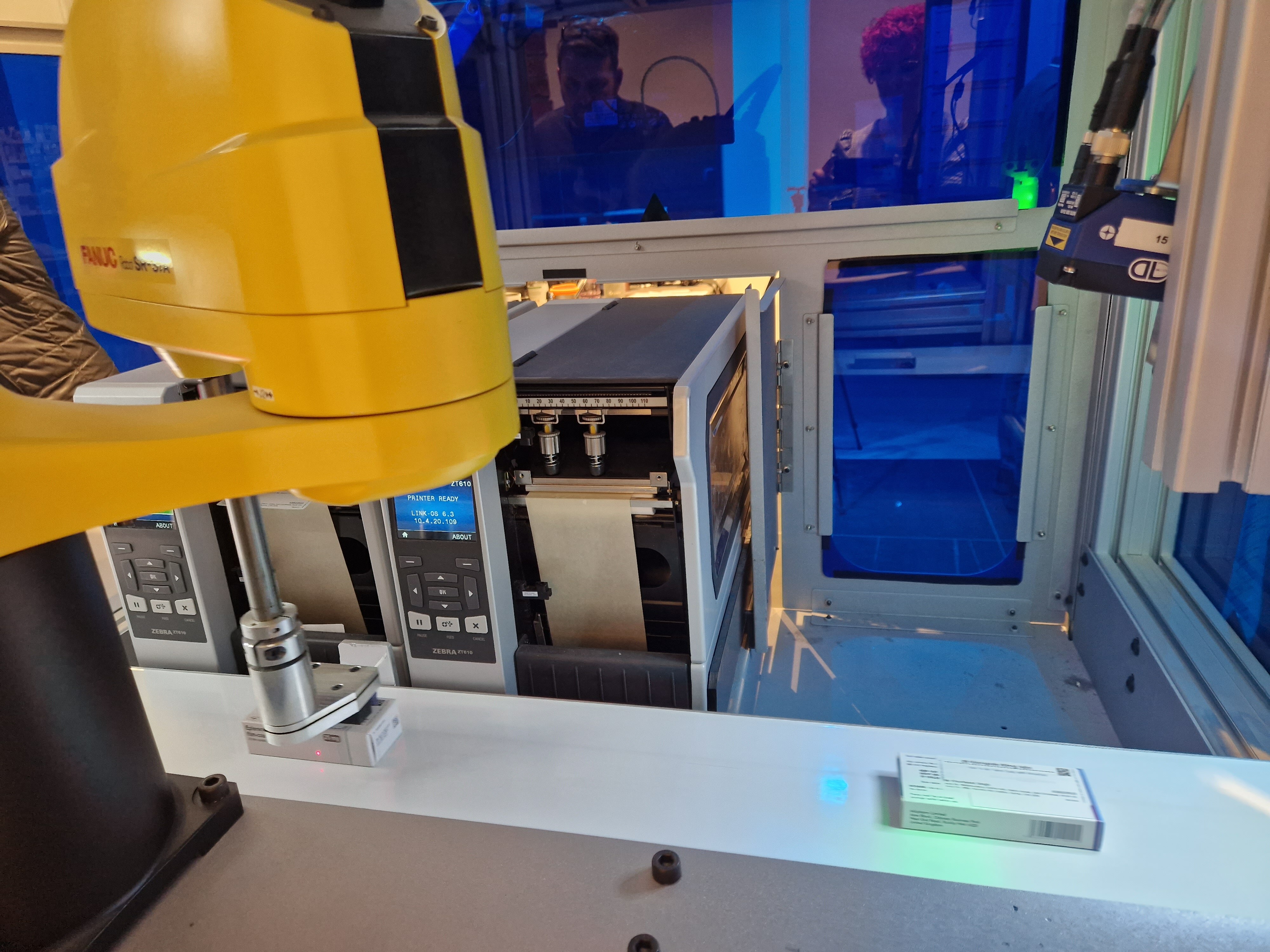When it comes to providing services, most pharmacies focus initially on NHS services. But could the key to unlocking the future of pharmacy actually lie in private services? Head of Marketing, Shelley Dyer, takes a look.
There’s a kind of unspoken, moral code that community pharmacy will prioritise delivering NHS services that are commissioned centrally or locally over private services. With the NHS creaking at the seams it is totally understandable that those working in community pharmacy will want to do their bit to support a much loved British institution.
However, with community pharmacy being squeezed to breaking point with no sign of a better deal on the horizon any time soon, it could be time for the sector to explore additional options. Finding time to deliver private services could be key to the survival of many community pharmacies. The current funding contract has already led to many independents and multiples taking this route having already considered new income streams. Those who have already taken that step are now seeing their business not only survive, but actually thrive. The evidence is very much in favour of private services.
There is a whole range of private services that can be offered within community pharmacy from the more well known options such as travel clinics and otoscopy to the lesser known alcohol reduction schemes or men’s health clinics. The possibilities are extensive and it’s worth spending some time seeing what is available. There are a range of specialist companies that now exist to support pharmacy through the process.
However one of the biggest challenges standing in the way of delivering private services is time. It is no secret that pharmacy time is currently monopolised by the dispensing process. It accounts for 88% of an average pharmacist’s time in store[1]. The process is cumbersome and includes manual and logistical tasks that are simply crying out for automation. In an average pharmacy the original pack dispensing process accounts for 70% of pharmacy time spent on dispensing. Yet despite this very few pharmacies have automated their original pack dispensing process in the same way that they have for multi-med dispensing.
By simply automating the original pack dispensing process an average pharmacy can free up to 4 hours 27 minutes every day[2]. This time could then easily be redirected back into delivering private services, providing an invaluable new revenue stream for community pharmacy. In addition, the combination of higher footfall through the door, with more people coming into the store for treatment, as well as automation that can meet increased demand means that pharmacy can look to increase the volume of items they dispense safely at the same time.
Once you have the time available, there are some important elements to consider before embarking on private services. Each pharmacy will be different and one size doesn’t fit all.
Local Demand
When thinking about what services to provide it's important to consider the local demand in the area. For example, travel clinics will be more popular in some communities and less so in others depending on the local demographic. Different areas will always have differing demand for services so it is important to think about the health needs of the local community.
Marketing Services
Another crucial element of ensuring private services are a success is how they are marketed. There is no point offering a service if nobody knows it exists. Promoting services in store, either visually or by word of mouth, and on a pharmacy website and social media channels will be crucial.
Training and Equipment
Providing new services is likely to mean that additional training is required for staff. Depending on the services there may also be a need to invest in new equipment initially. There are companies who specialise in supporting pharmacies in both these areas. It’s important to remember that any initial outlay in equipment and resources will soon pay for itself once the services start driving revenue.
Profitability
Before introducing any new service it is important to consider how profitable it could be. Thinking about the revenue that can be gained from the service (try our handy services calculator) compared to the extra costs that will be incurred, for example training and staff time, will be crucial when determining whether that service is viable.
Out of Hours
Finally it’s worth considering when to run services and if there is a benefit to doing this out of hours as well as during standard opening hours. With private services there is a cost involved to the patient. Pharmacies could be offering a service they could get for free on the NHS. The selling point will be convenience and offering the service at a time that meets the patient's needs. For example, many patients seem more than happy to pay for convenience when it comes to flu vaccinations.
At first glance automating the original pack dispensing process and offering private services may seem a daunting step. There’s no doubt that moving in this direction will require a leap of faith. There are also likely to be teething problems as there are with any change programme. However, those brave enough to take the leap are likely to be rewarded with a more secure future.
[1] The pharmacy paradox: matching ambition and reality (thecca.org.uk)
[2] : Based on average prescription no. per day in average pharmacy of 248 prescription items with each prescription taking an average of 126 seconds to dispense (SOURCE: https://uk.gophr.com/pharmacy-deserts-landing-page) and based on 70% of prescriptions being original pack medication and 70% of those being able to be processed with automation




